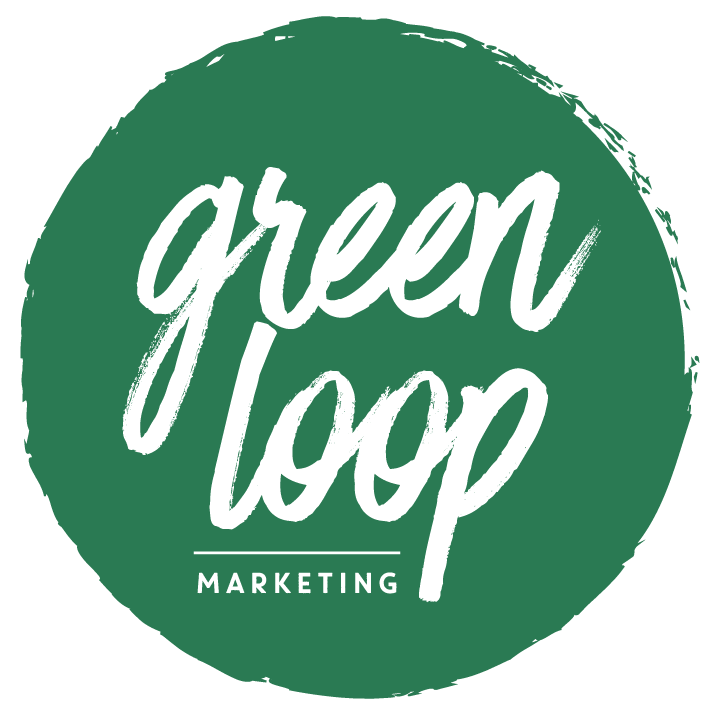A Marketer’s Guide to Organizing Brand Assets Without Losing Your Mind
1. Build a Brand Kit and a One Pager
Your brand kit is your visual identity. It includes everything from your logo specifications and color palette to typography, image guidelines, and tone of voice. However, sometimes designers need a quick reference. That’s where a one-page brand summary comes in. This condensed version should highlight your core elements: logo variations, primary colors with hex/RGB codes, and typefaces.
Designers love having a quick reference sheet that eliminates the need to scroll through multi-page PDFs. This can save time, reduce errors, and make collaboration more efficient. Think of it as a cheat sheet that complements your full brand guide.
2. Organize Your Logo Library
An established brand has multiple versions of its logo. This includes full-color versions, single-color formats, icons, and badges. Logos should be in different file types, like .JPG, .PNG (transparent), and .SVG (scalable).
Make sure every file is clearly labeled with its color variant and file format (e.g., “Logo_Primary_Black.svg” or “Logo_Icon_White.png”). Group these files by type in folders, so designers and partners can quickly grab what they need. Logos with transparent backgrounds are especially useful for digital and print applications.
3. Protect and Store Your Brand Fonts
Fonts play a huge role in maintaining your brand identity, but managing them can be tricky. Many branded fonts require a license and can only be installed on a limited number of devices. Keep your licensed font files in a dedicated folder within your brand asset system, and consider password-protecting it to avoid unauthorized use.
Also, provide clear notes about font usage, including where to download them (if applicable), any licensing restrictions, and how they’re typically applied in branded materials.
4. Centralize and Simplify Sharing
Whether you’re using Google Drive, Dropbox, Notion, or Canva, make sure your brand assets are stored in a centralized, accessible location. Bonus points if the platform allows you to control access settings, such as view-only permissions or set passwords for folders.
Having a well-structured digital home for your brand assets means that teammates, vendors, or partners can get exactly what they need—without having to email you first.
5. Include Quality Creative Assets
Brand photography and custom graphics can add personality and polish to your content. Include high-quality photos of your team, office space, events, or products in a folder labeled “Brand Photos.” These visuals can be reused across social media, marketing materials, and presentations.
If you’ve worked with a designer to create unique icons, illustrations, or other visuals, create a separate folder called “Additional Graphic Assets.” Label everything clearly and group by theme or use so they’re easy to locate and repurpose.
6. Provide Ready-to-Use Templates
Templates are a game changer for maintaining visual consistency, especially if you work with multiple contributors or agencies. Whether it’s a social media post, eBook layout, slide deck, or digital ad, having editable templates ensures your brand look stays intact.
Include source files (e.g., Canva links, InDesign files, PowerPoint decks) in your brand asset hub. If some templates are only for internal use or require licensing, consider restricting access via password or granting permissions only to specific collaborators.
Managing your brand assets doesn’t have to be complicated, but it does require intention. A clear system that organizes your materials thoughtfully will empower your collaborators in their design process and allow your brand to really shine. Whether you’re just getting started or you’re refining your existing system, these tips will help make sure you’re organized for success.
Emily Newberry
DESIGN AND DEVELOPMENT COORDINATOR


